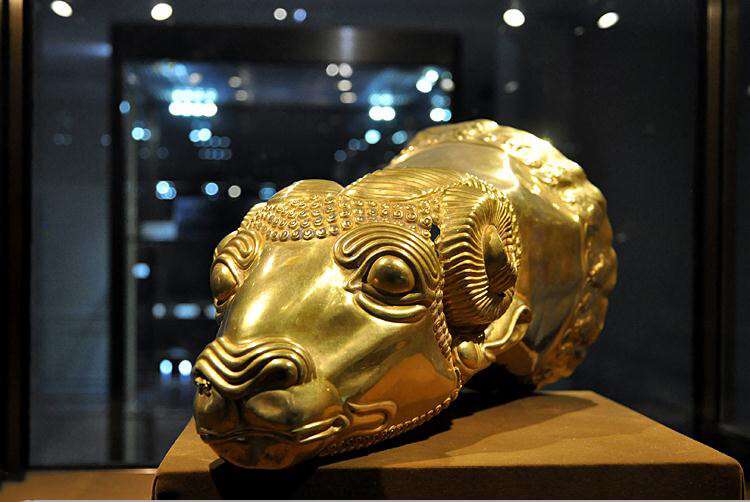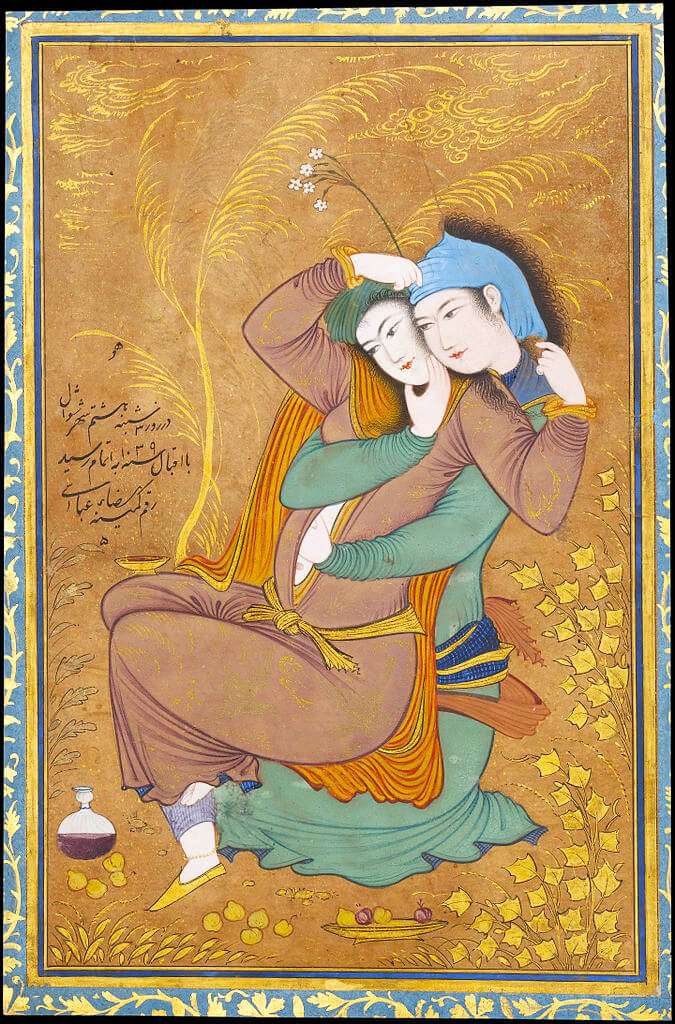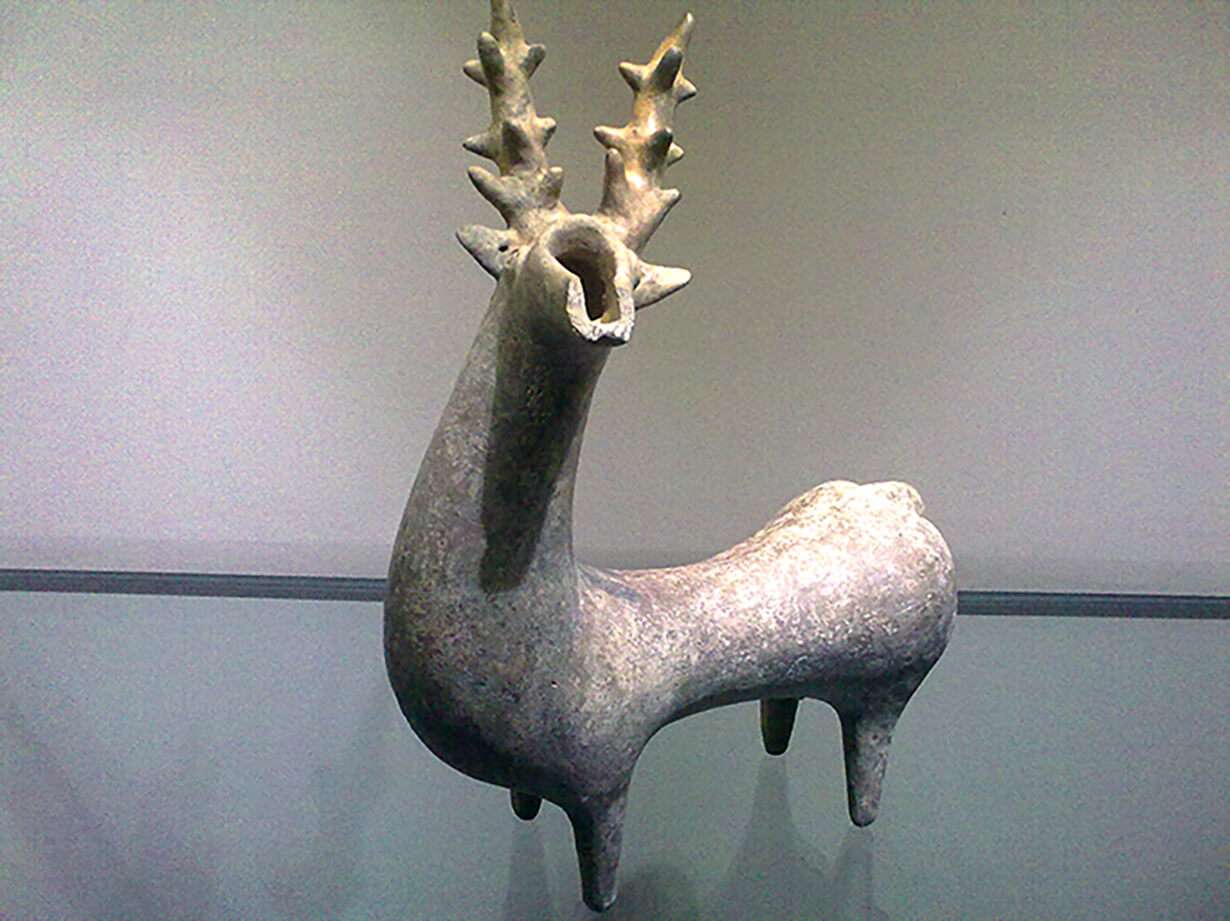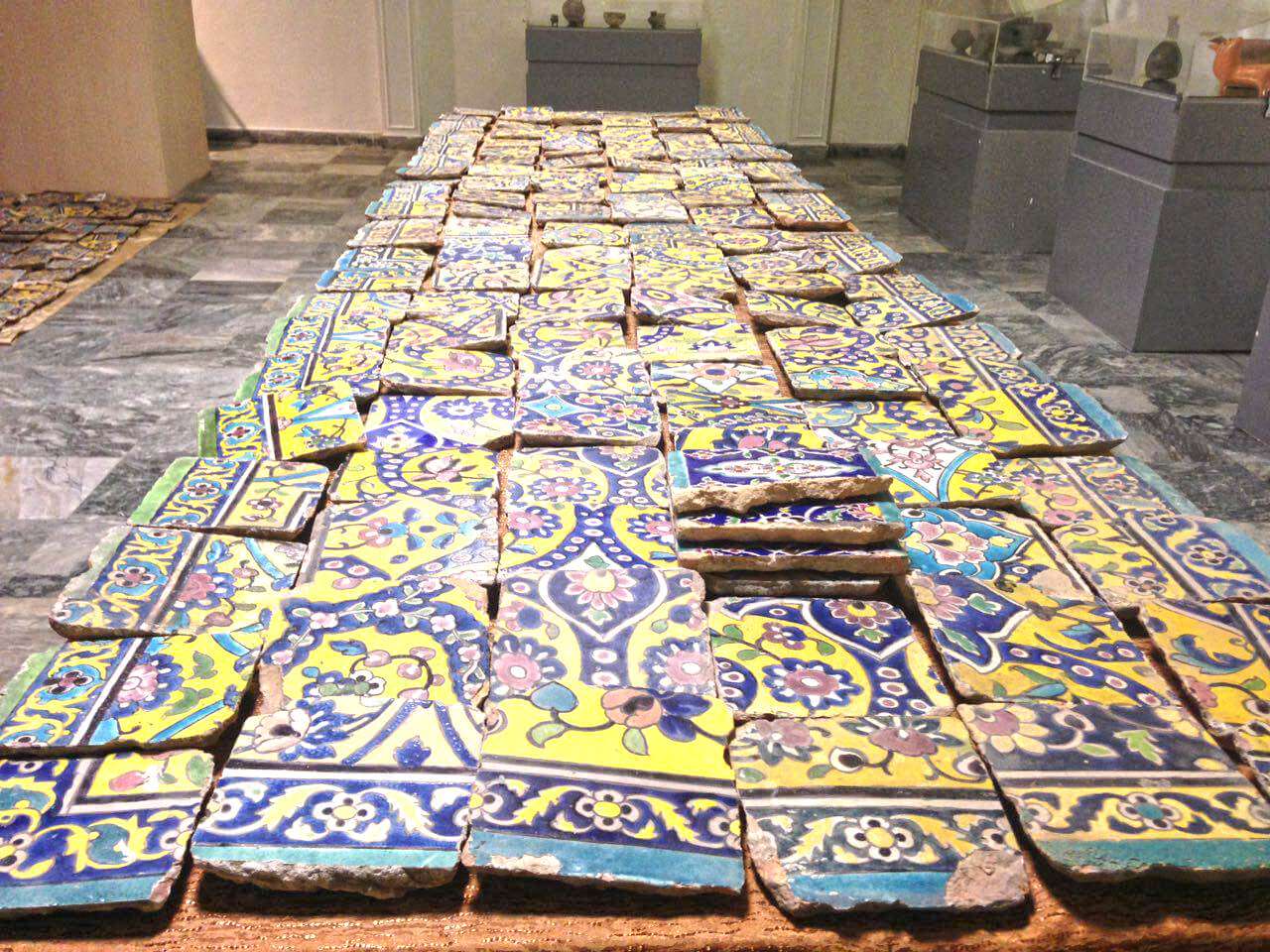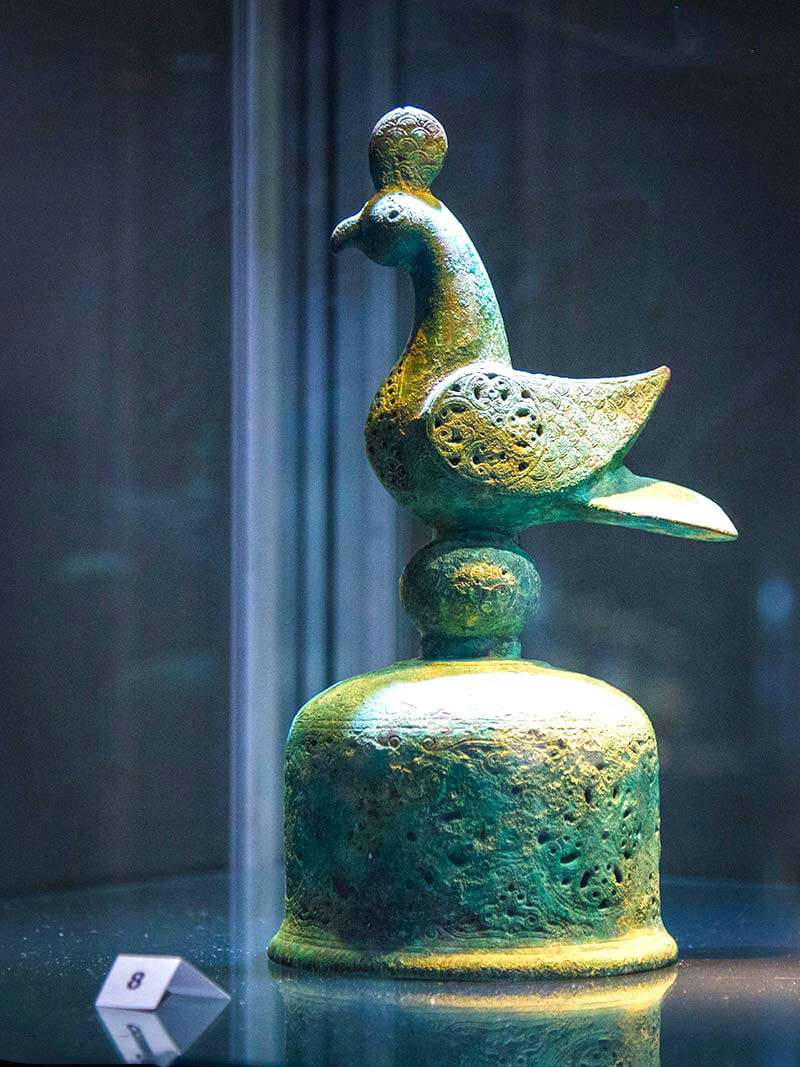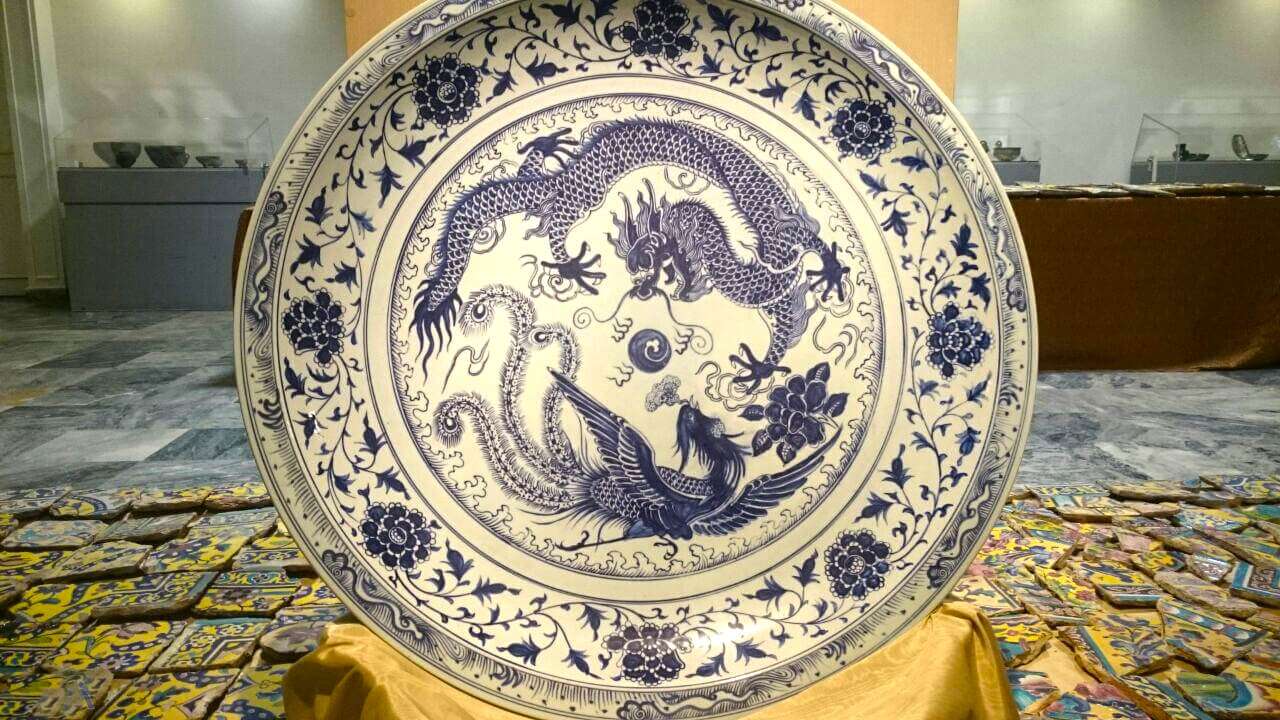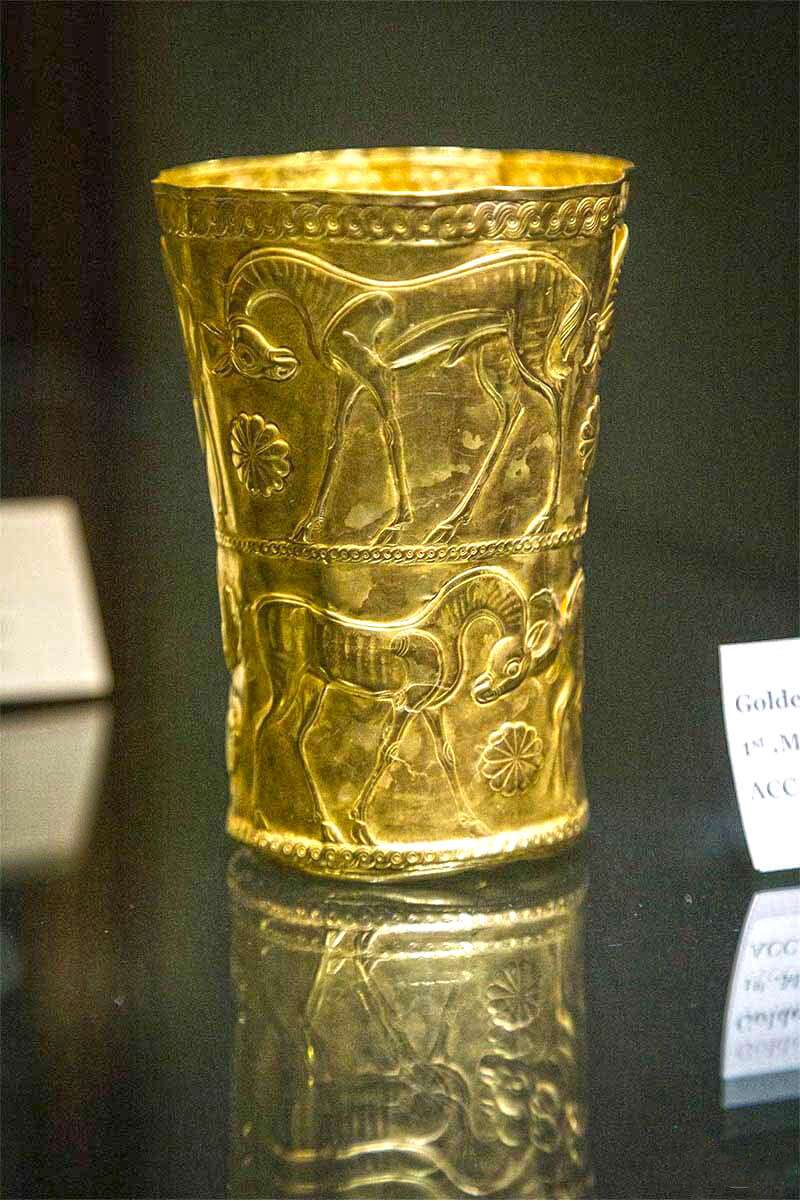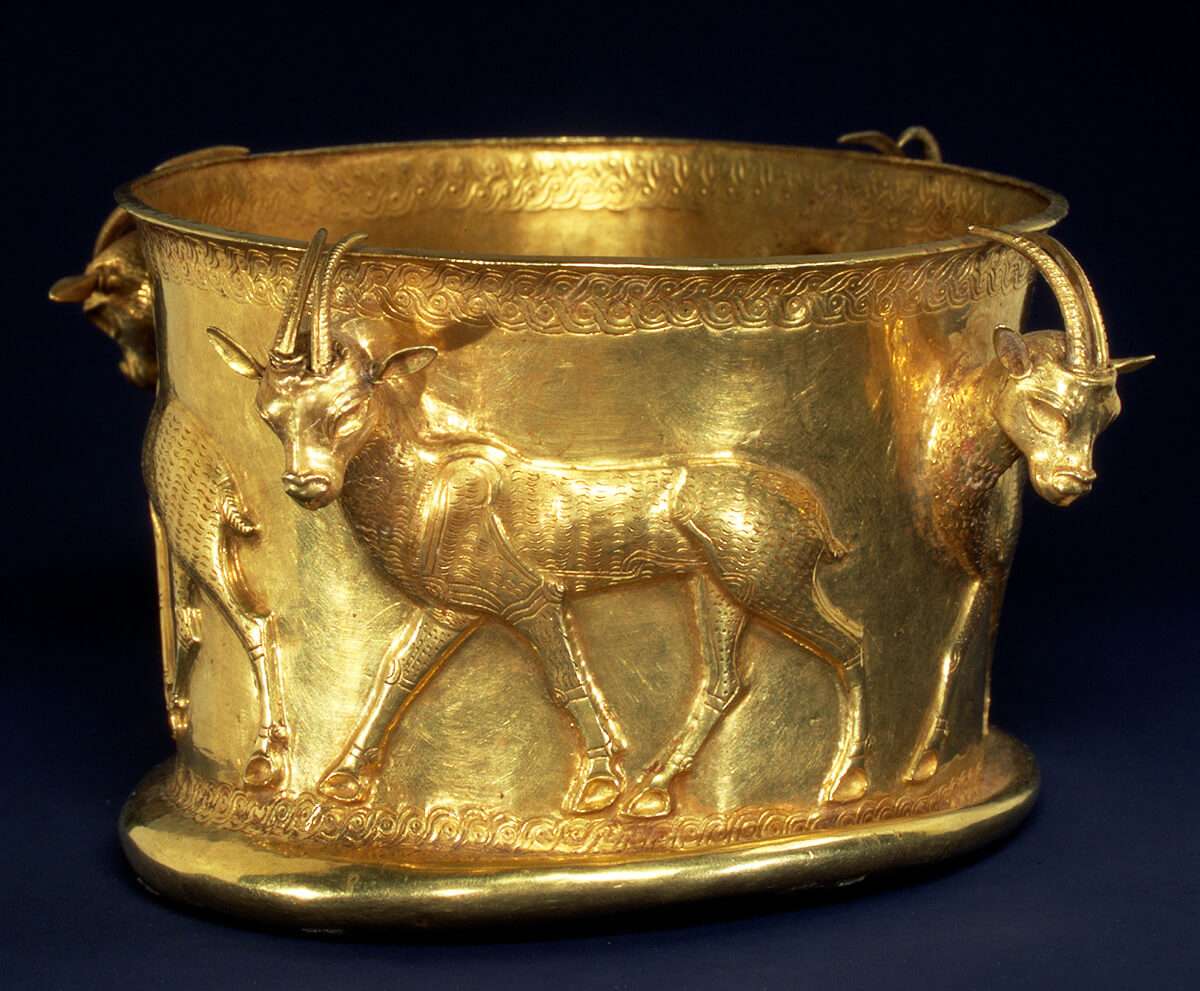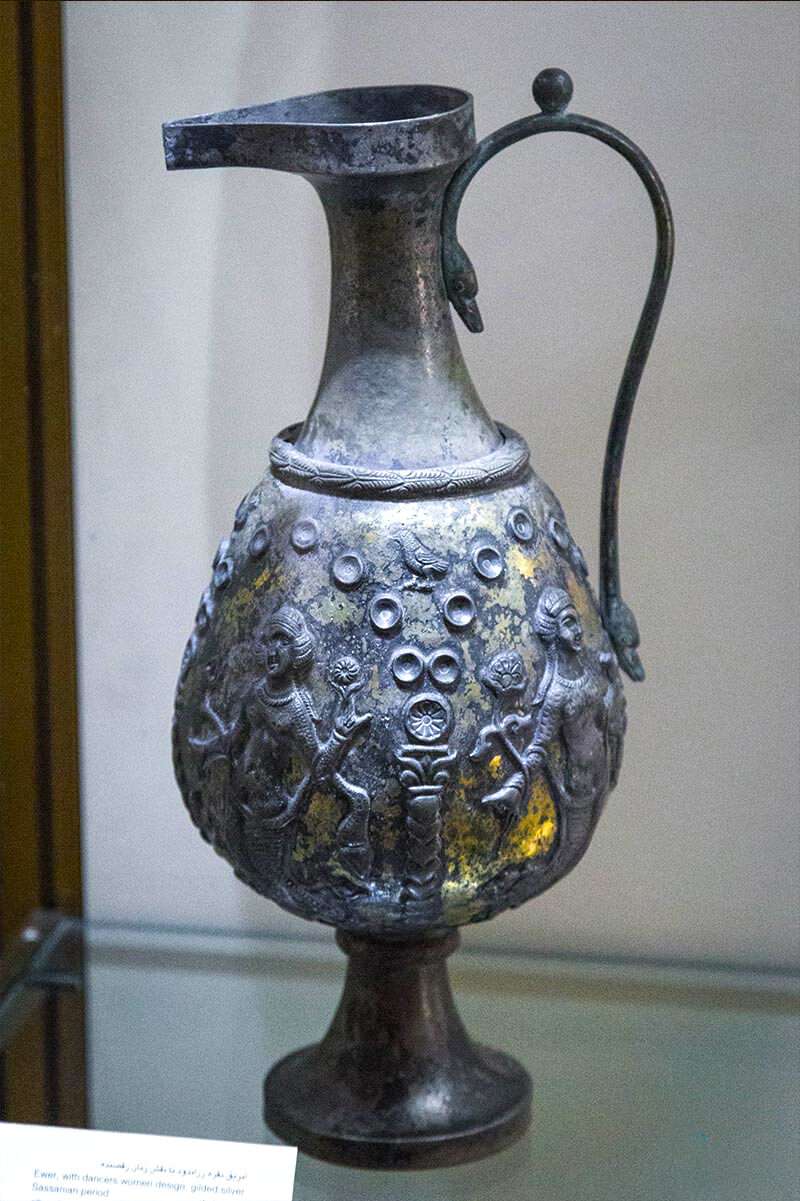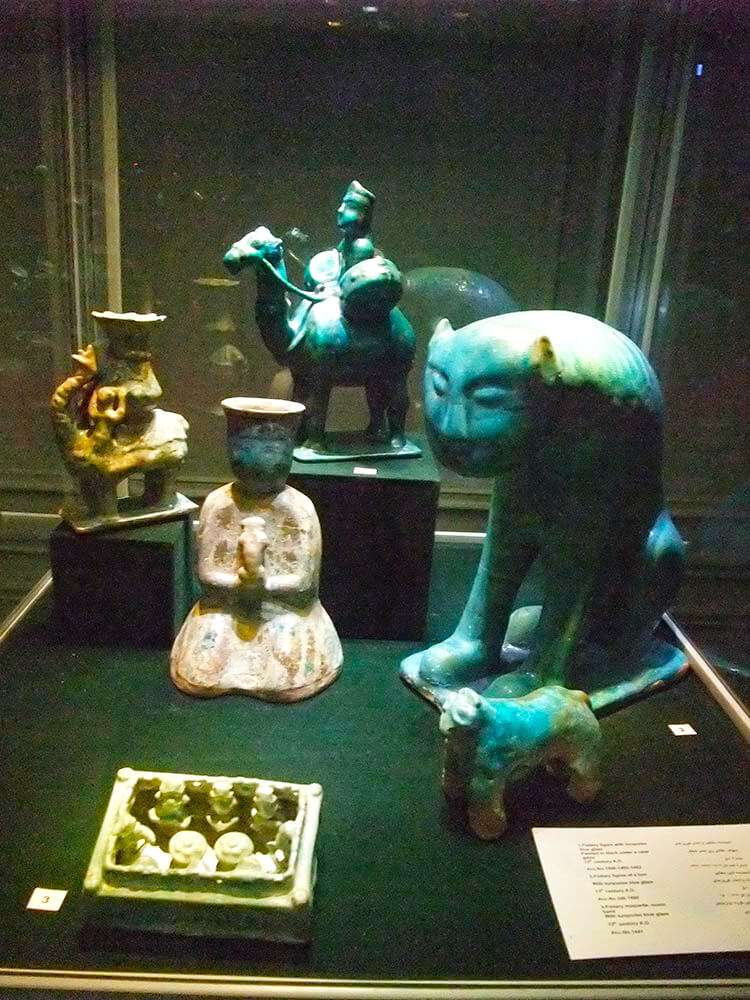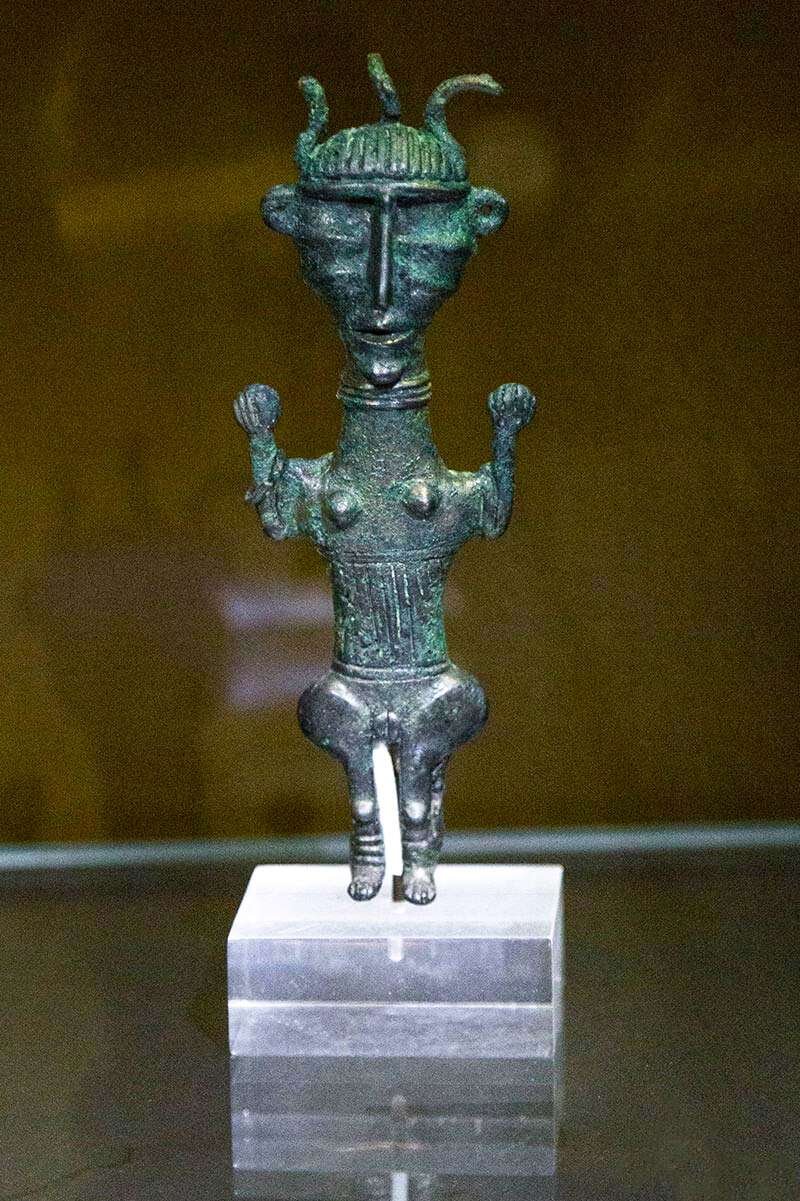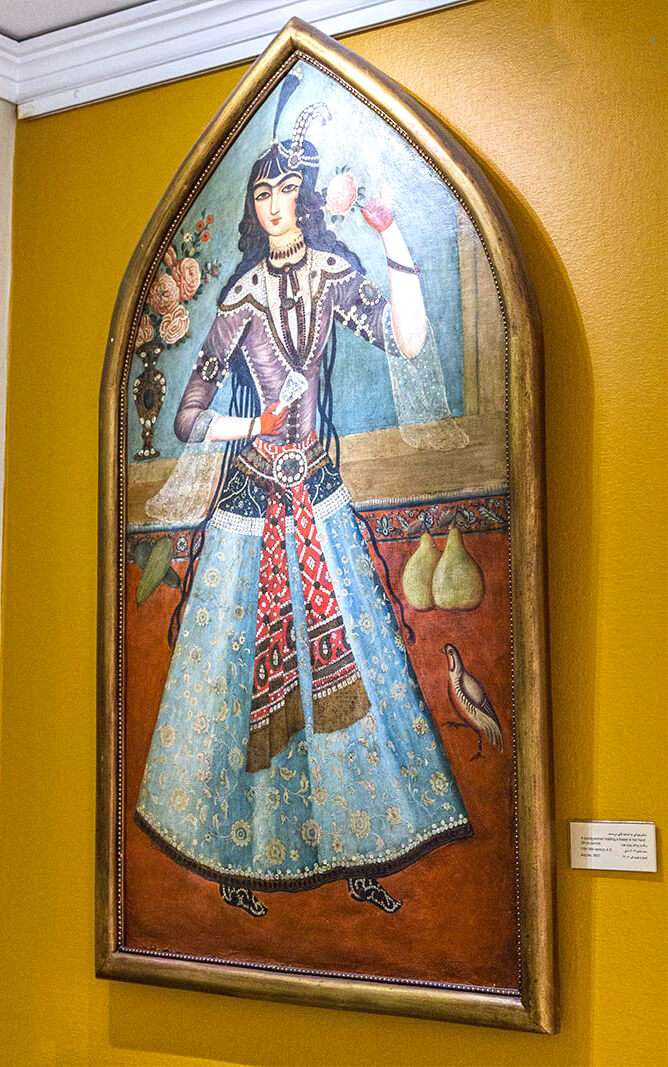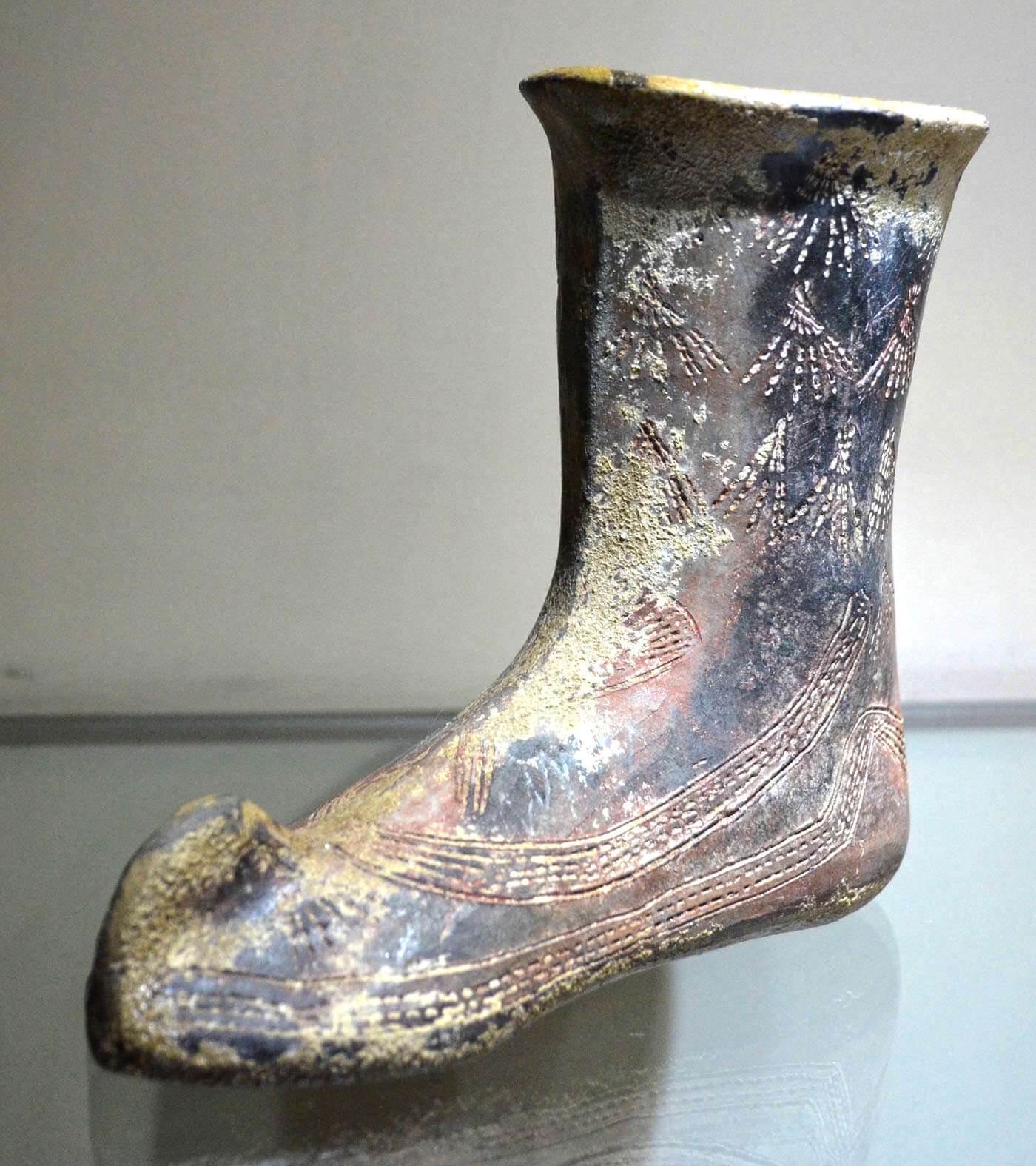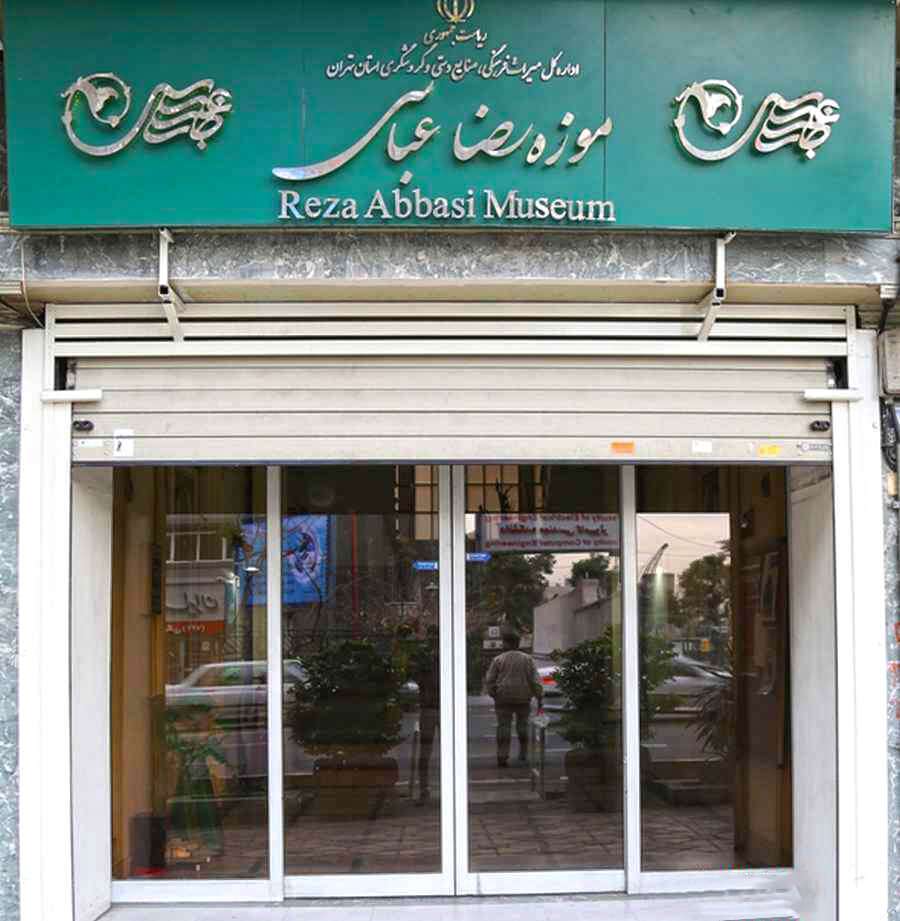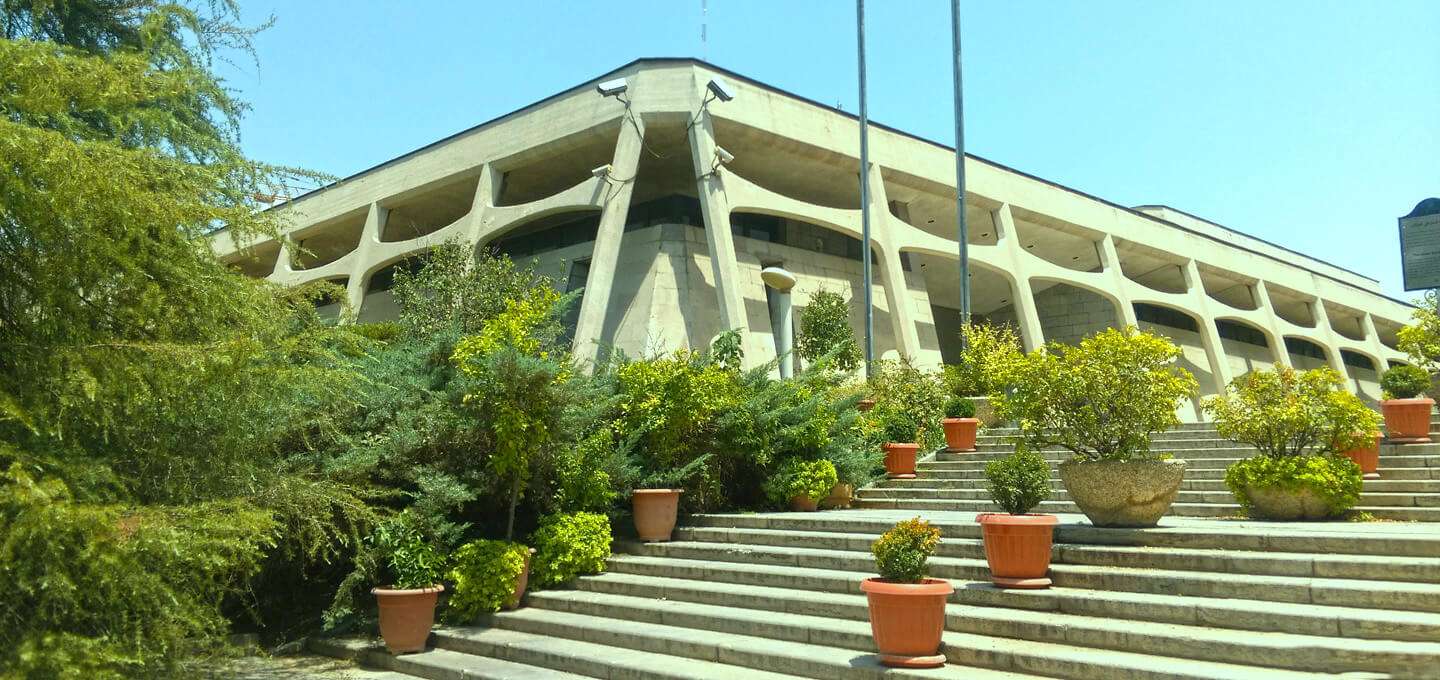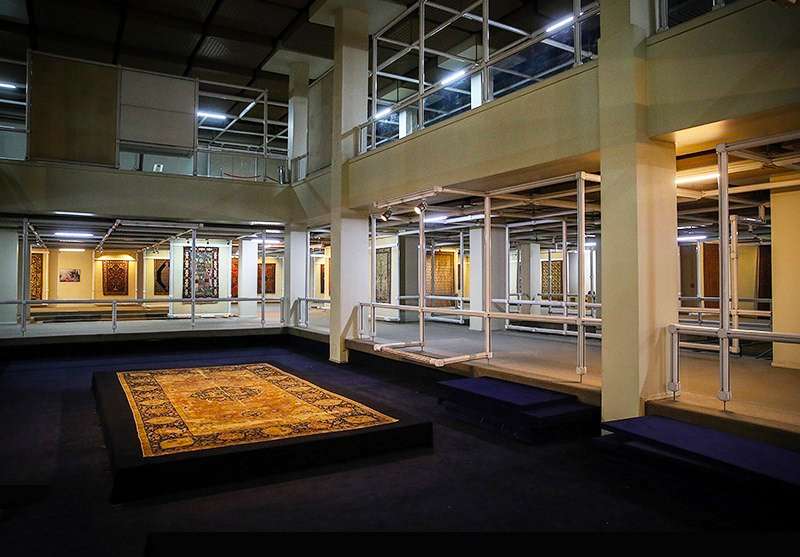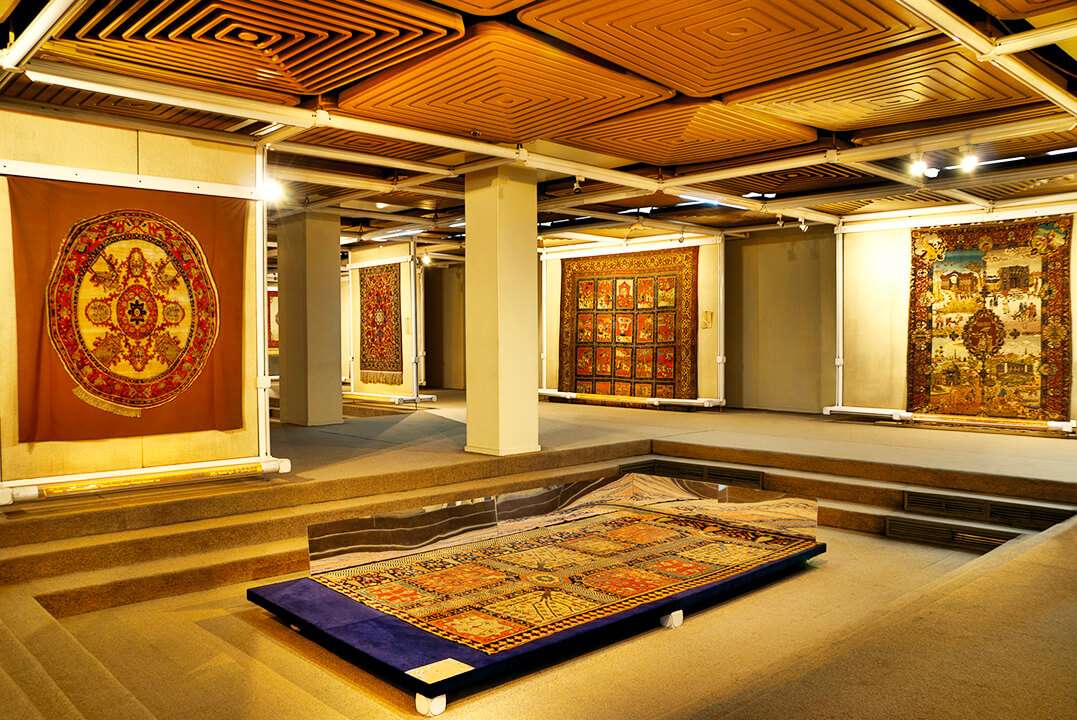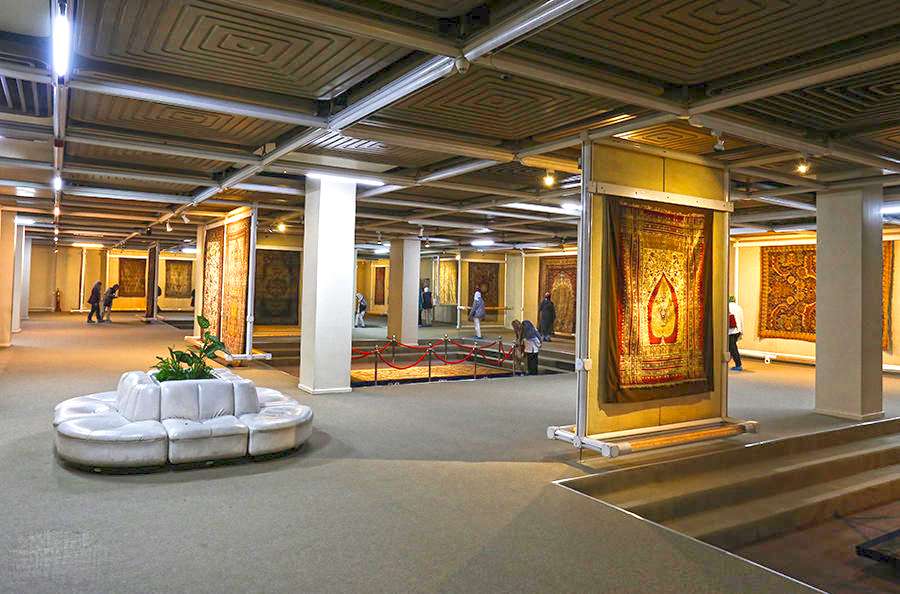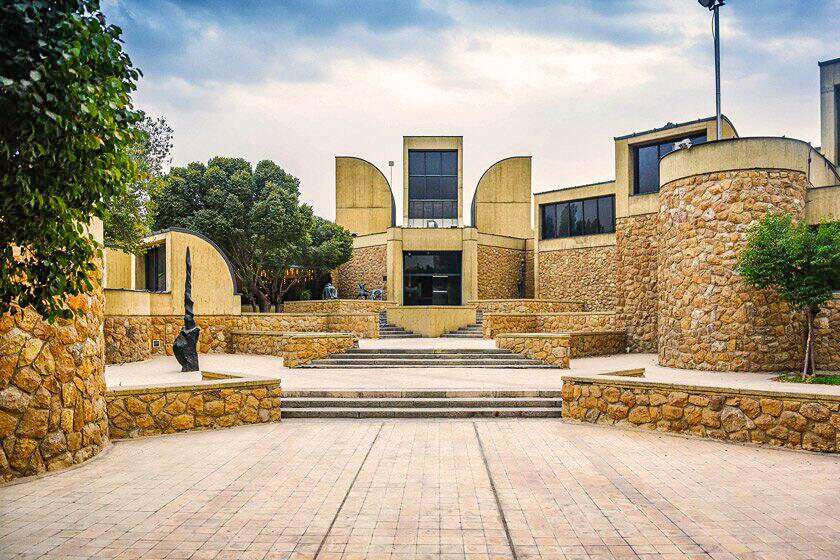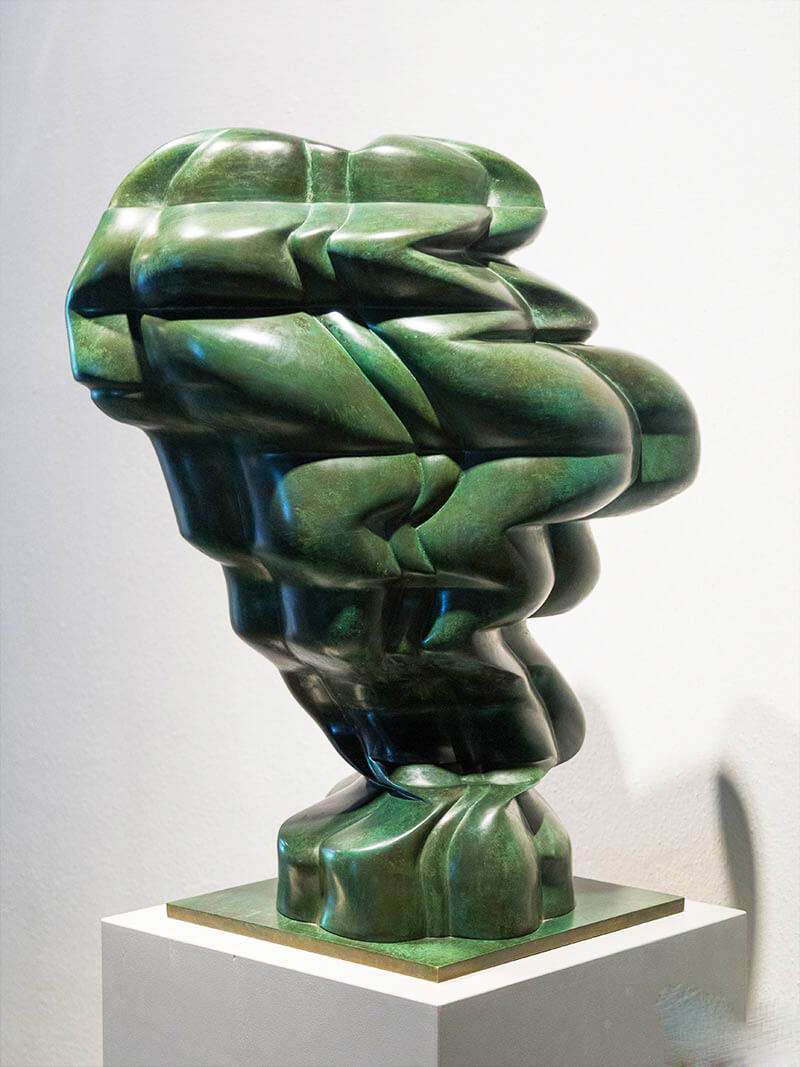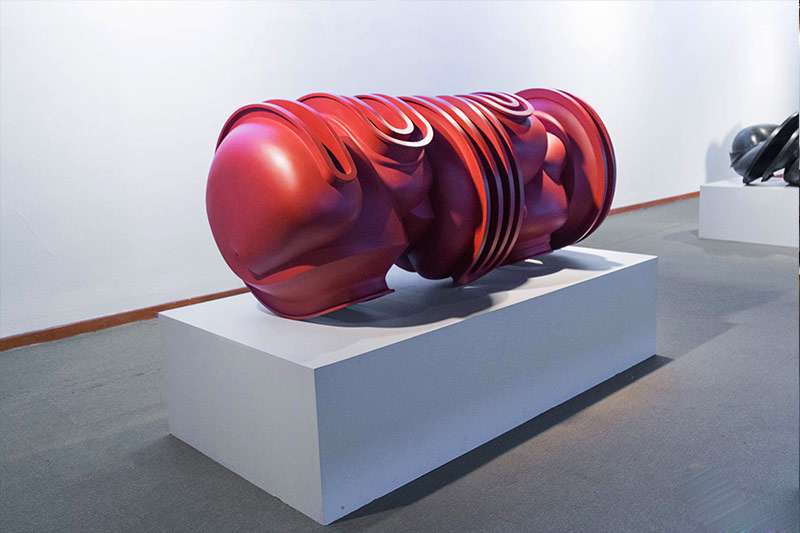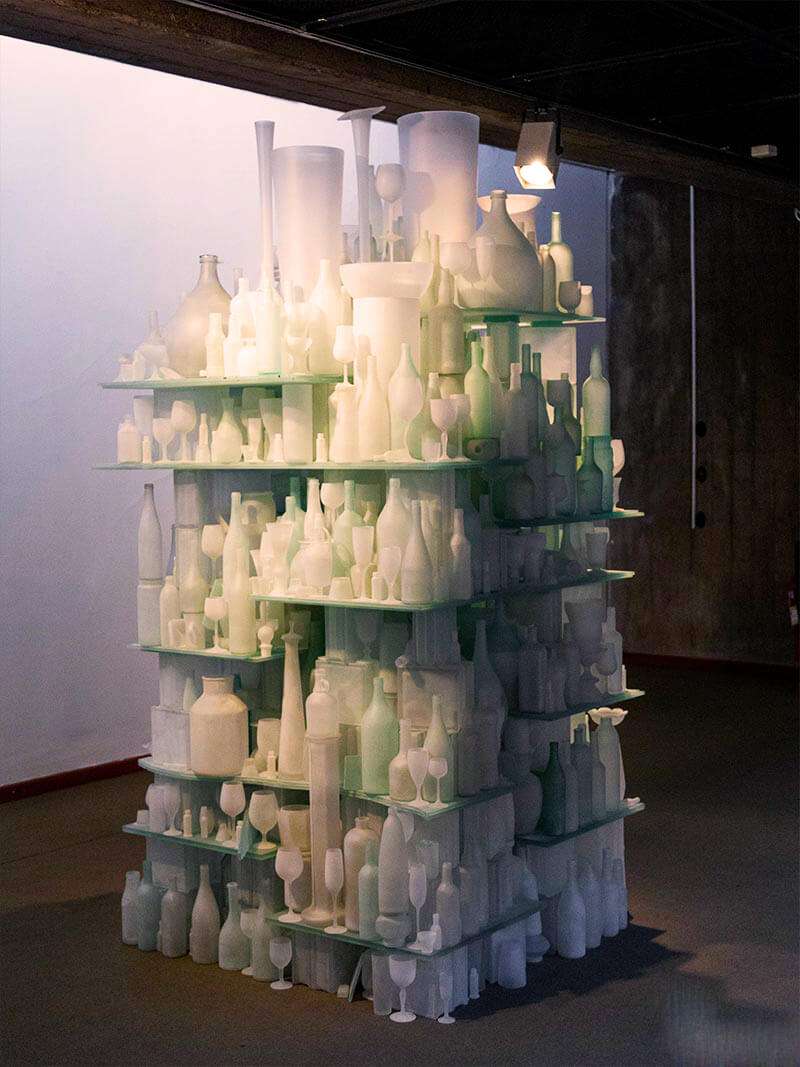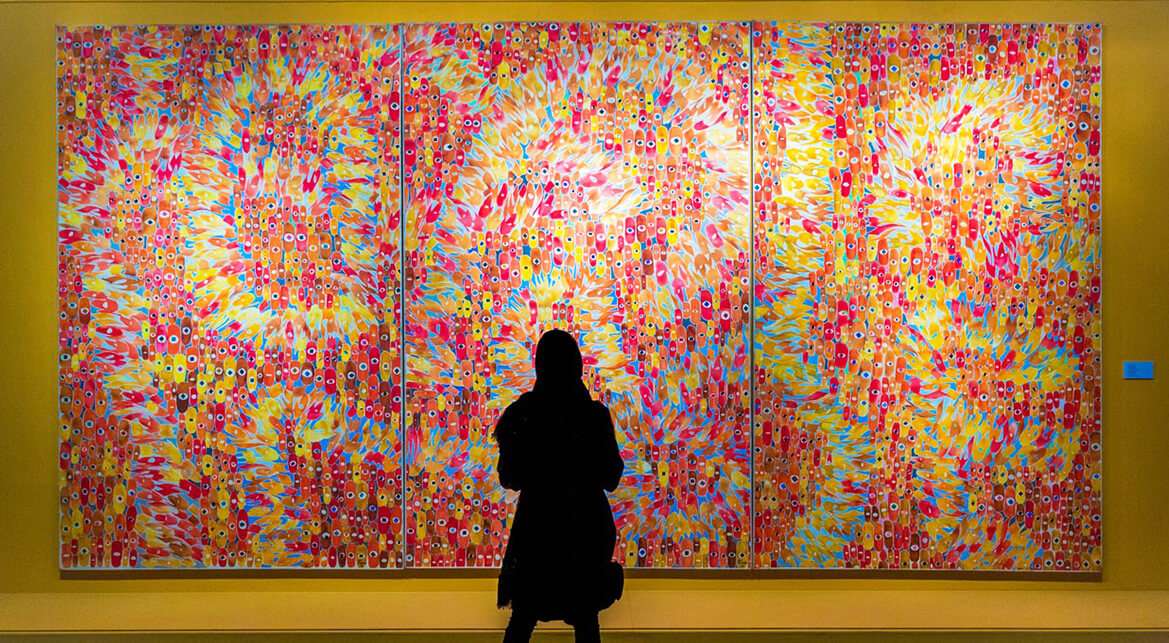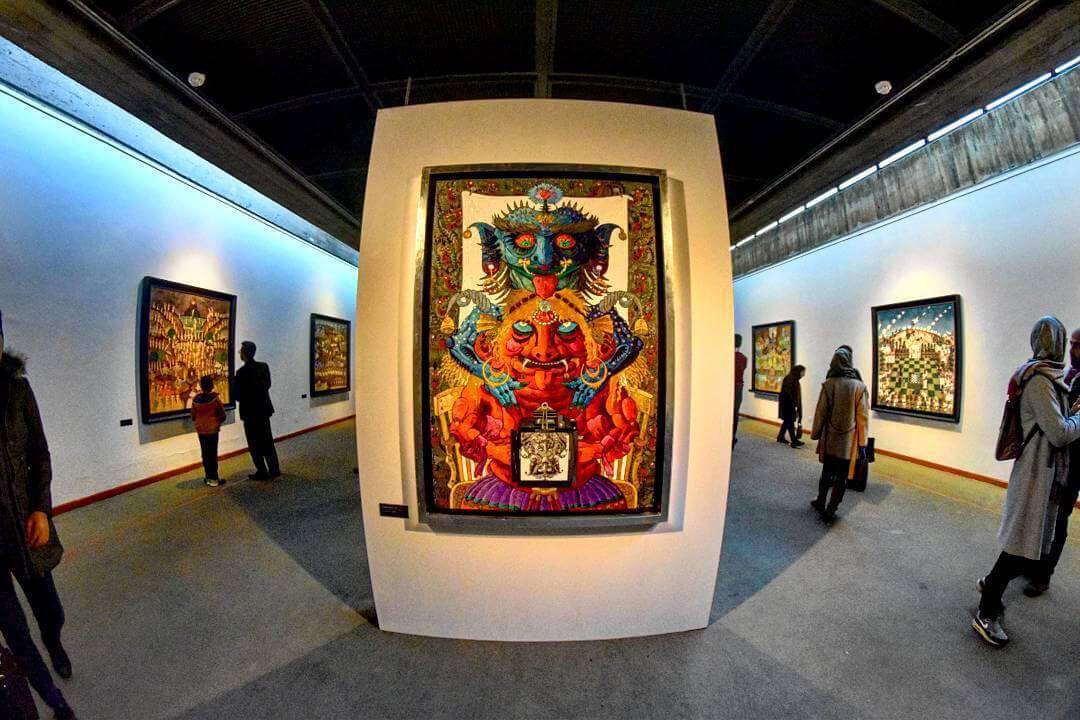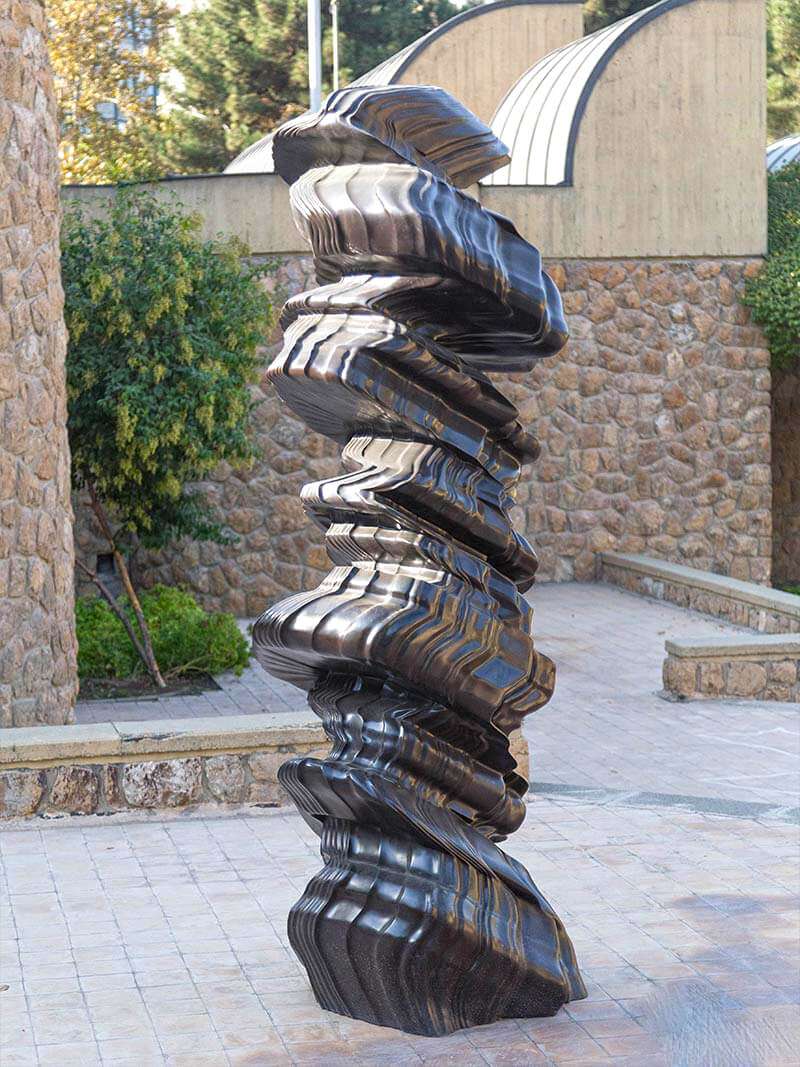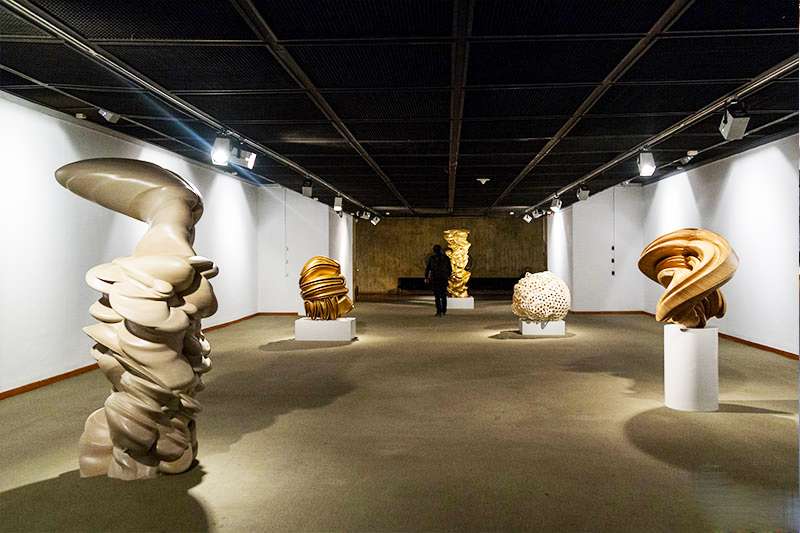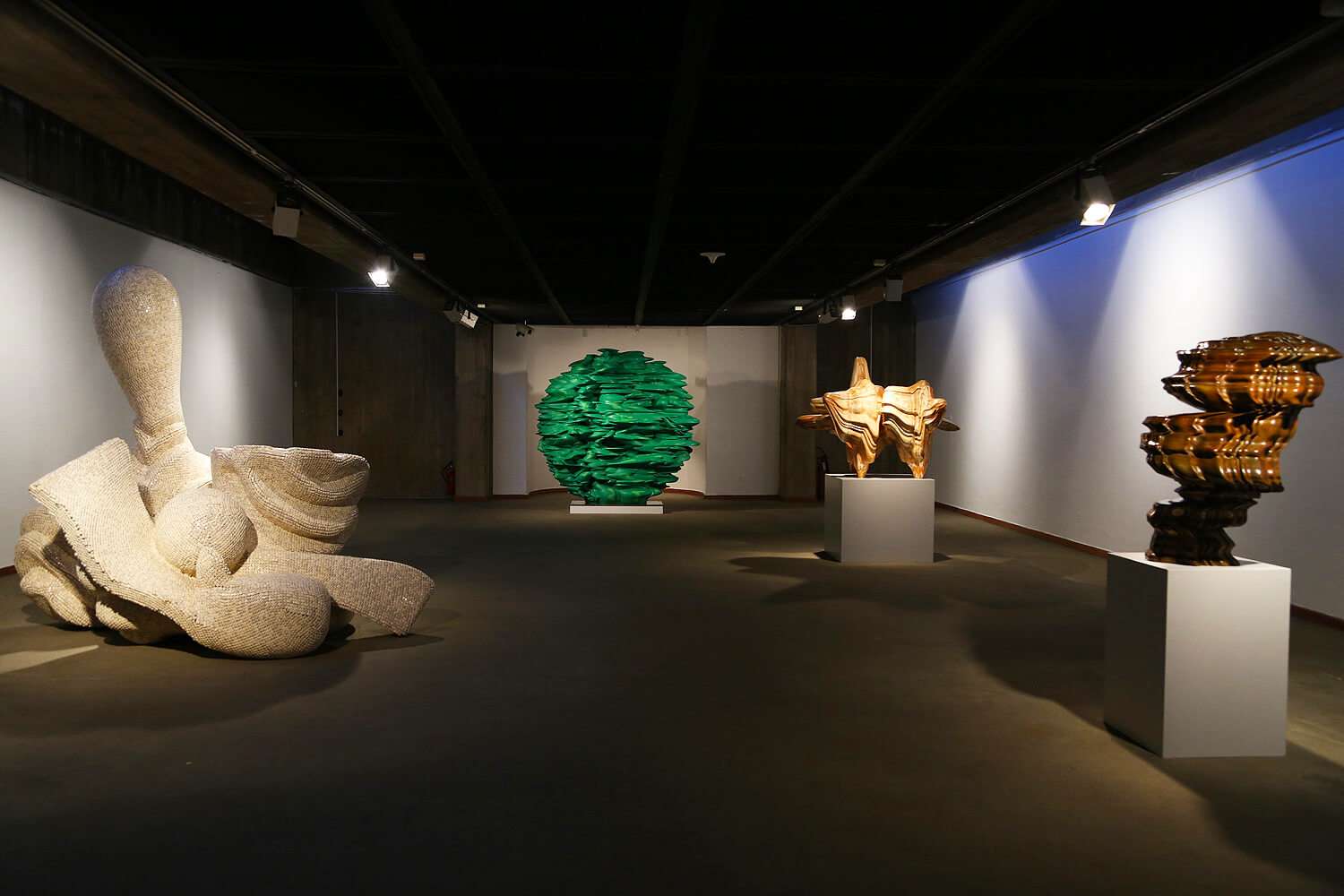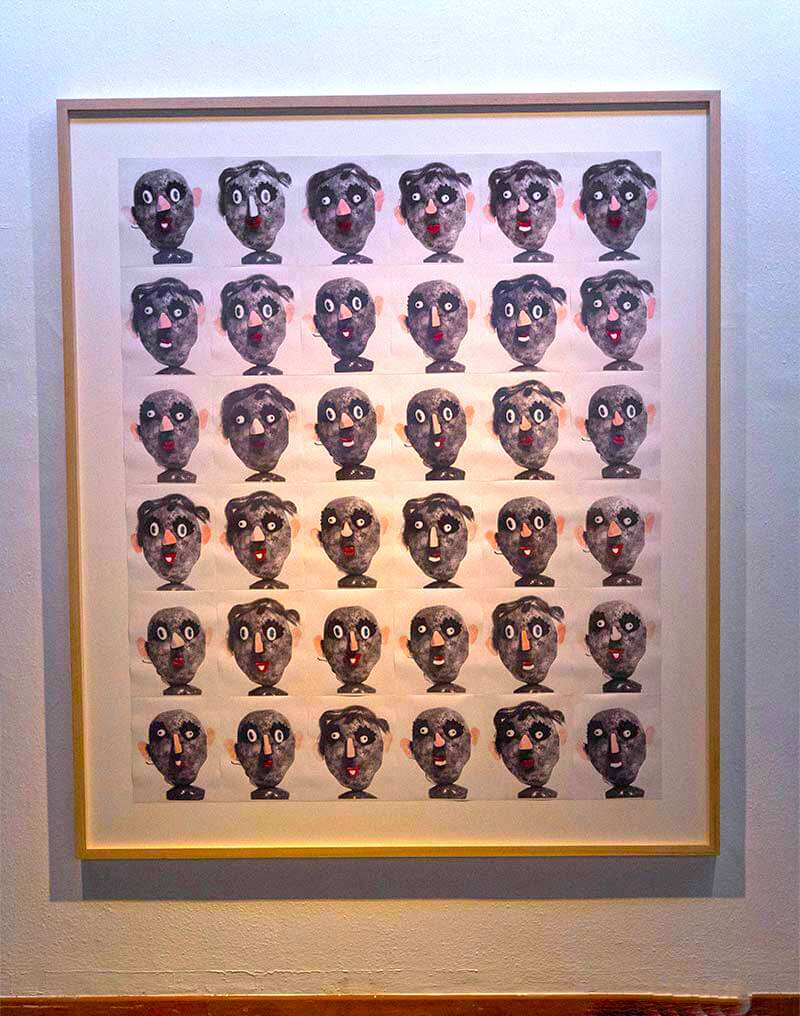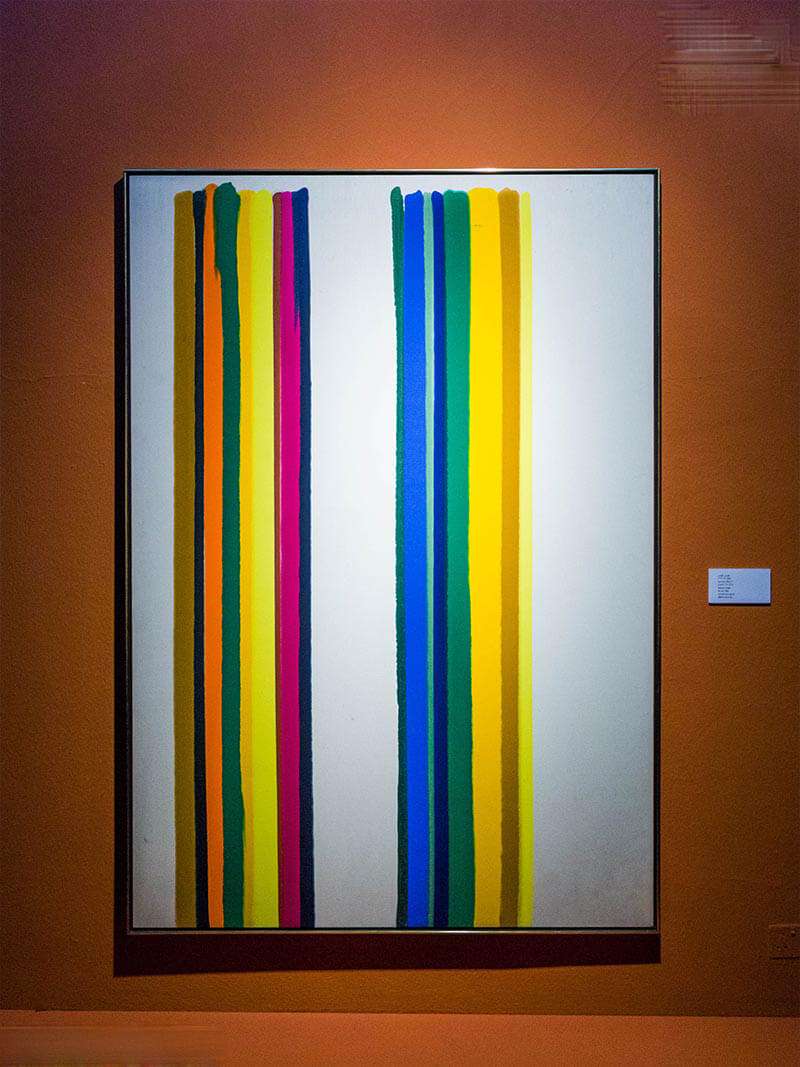Facing The History in Top & Popular 3 Museums in Tehran
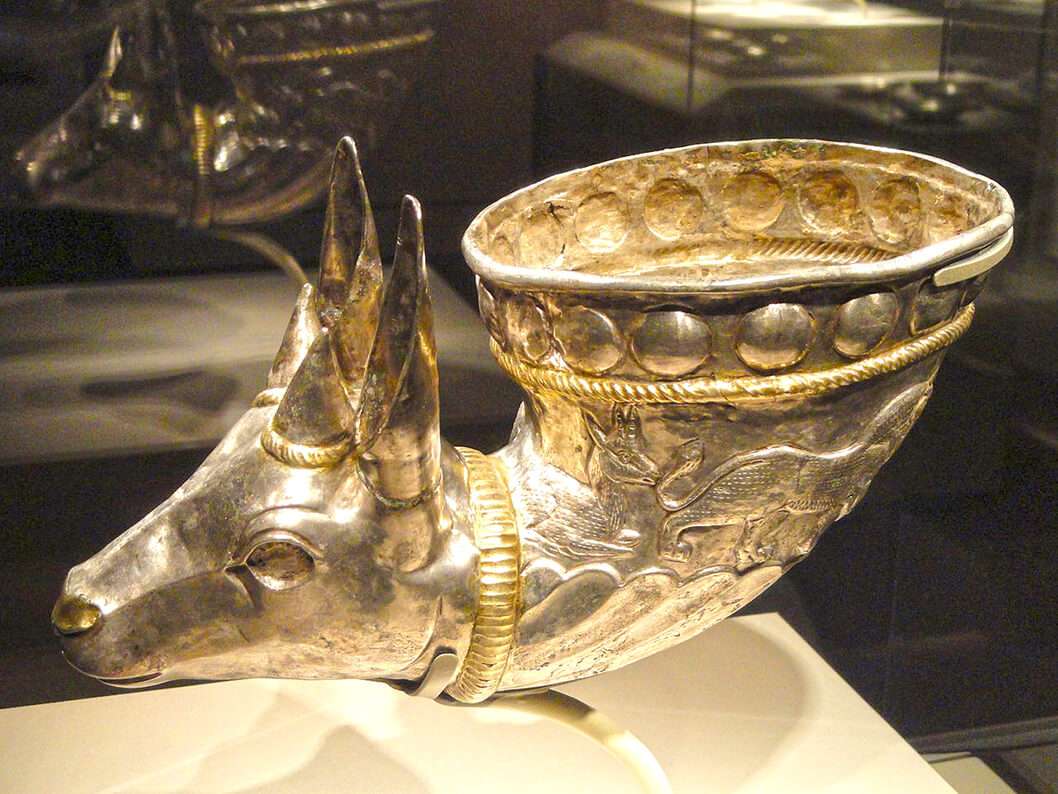
- ThemeArchitecture/ Museum/ Handicraft
- CodeIRRS15
- Duration3 hr(s)
- Best TimeSPRING | AUTUMN
Exploring the best of contemporary art works by Iranian pioneer artists and other collections including the 19th and 20th- century works of European and American artists;
Visiting an unparalleled collection of Iranian hand-woven carpets and kilims in the Carpet Museum of Iran;
Visiting the museum displaying a magnificent collection of Persian art works from the 2nd millennium BC to the Islamic era.
Photos of the Facing The History in Top & Popular 3 Museums in Tehran
Explore The Route
Rooted in the Past, Facing the Future; A Visit to Reza Abbasi Museum, Carpet Museum, and the Museum of Contemporary Art
Museums have stories to tell; of man’s voyage through the time, his struggle to survive, the evolution of his tool making capacity, and the sparkling of higher needs in him for beauty, and eternity; stories of what mattered to him the most in different periods, and how he aspired to gain it. Concerns of this type led to the establishment of some of the most remarkable museums of Tehran in 1970s, a time of economic stability and prosperity for this country. The aim was to collect and preserve items which could form a visual narrative of the history of Iranian art and civilization; thus linking the more classical trends and themes to the modern ones to highlight what was specifically traditional and Iranian, as opposed to what was conceived as modern and non-Iranian. You can trace the mentioned approach in three of the most important museums of Tehran, namely the Reza Abbasi Museum, the Carpet Museum, and the Museum of Contemporary Art. Considerable works of art in themselves, the buildings of the two latter museums have also been designed with an attempt to integrate the legacy of the past with the merits of modernity.
Highlights
Duration : 1 hr(s)
Point Type: STARTING
(RAM) of Tehran, is one of the finest collections in Iran for those who wish to trace the history of Iranian art and civilization. This precious museum was opened to the public in 1977 by the efforts of the former queen, Farah Diba. This museum gathers, keeps, and studies priceless artworks revealing the cultural legacy of Iran from the 2nd millennium BC to the early 20th century. The museum has endured many ups and downs; it has been closed and reopened for several times, undergone changes, renovations and expansions. But, since 2000, museum’s galler...
Duration : 1 hr(s)
Point Type: STOP OVER
Carpet Museum
Persian carpet is an inseparable part of Persian culture. During its several-thousand-year-old history, it has decorated the Iranian residences, from the nomad tents to the opulent royal palaces. Warming and enlivening Iranian houses, Iranian carpets hide the tears and smiles of those living on them and are left to the succeeding generations.
The Carpet Museum was founded by Farah Pahlavi in 1978, one year before the Islamic Revolution of Iran. Designed by the great Iranian architect, Abd-al-Aziz Farmanfarmaian, the building of the museum deserves due appreciation in its own rig...
Duration : 1 hr(s)
Point Type: ENDING
The rigid bond with the academic painting declined in the late 1940s in Iran. After the death of Kamal al-Molk, a new chapter opened in the evolution of Iran's art. The presence of European figures in Iran, like Andre Godard, and the immigration of a group of students to Europe and the United States to study arts created a context for the blossoming of modern art in Iran. The idea of building a permanent place to exhibit the Iranian and western contemporary art was developed in 1966; however, the construction was completed in 1977. Kamran Diba, a prominent Iranian architect, designed this museum after theImportant Information
Cost Info
Things To Do In Tehran
Tours In Tehran
Related Routes
